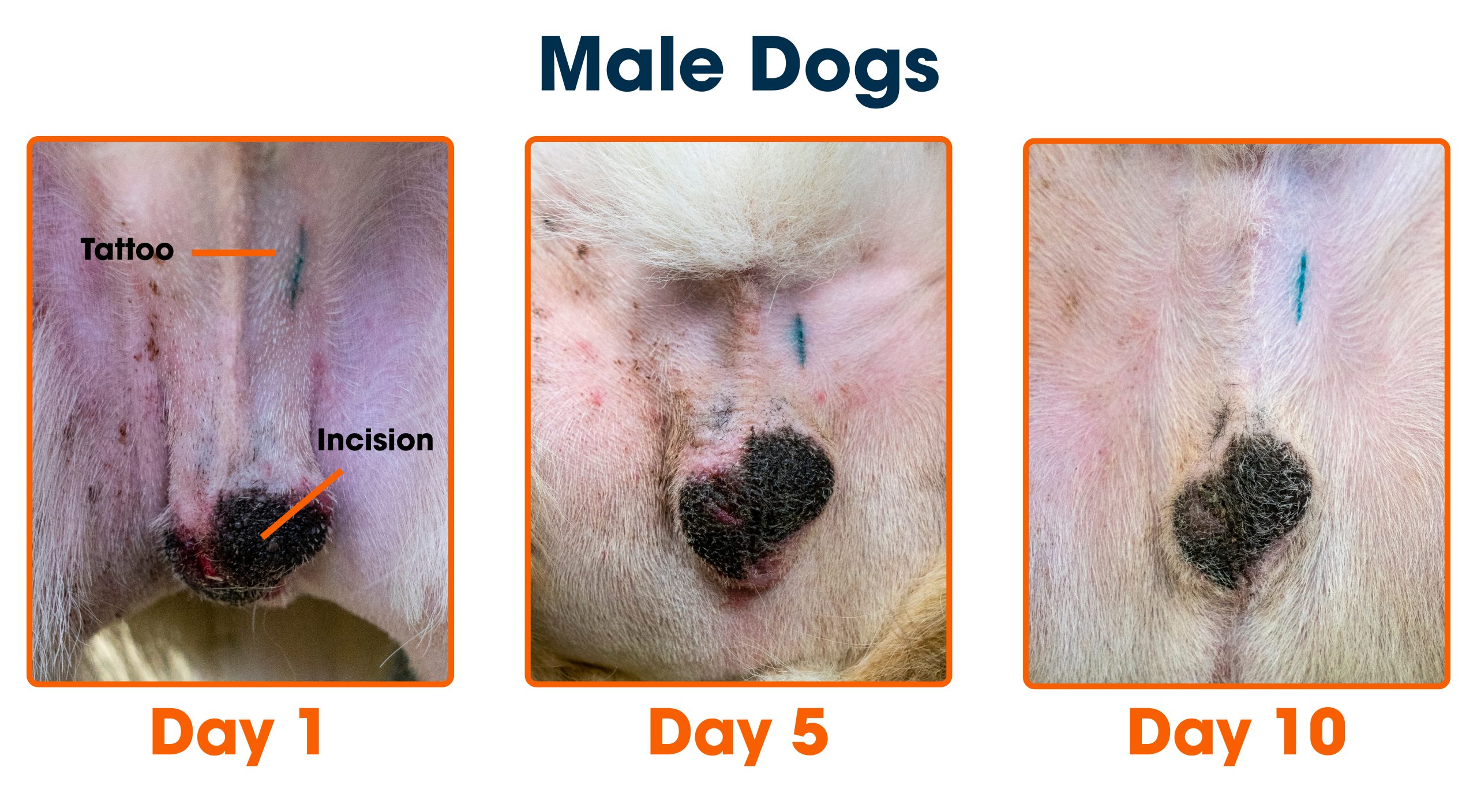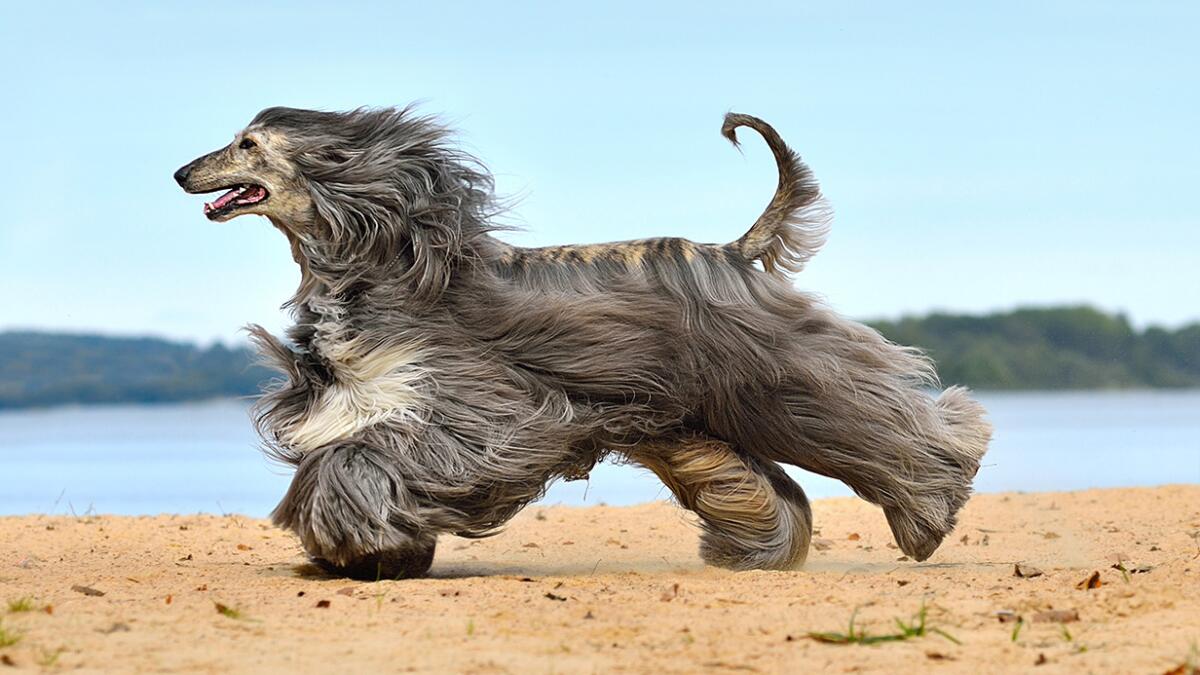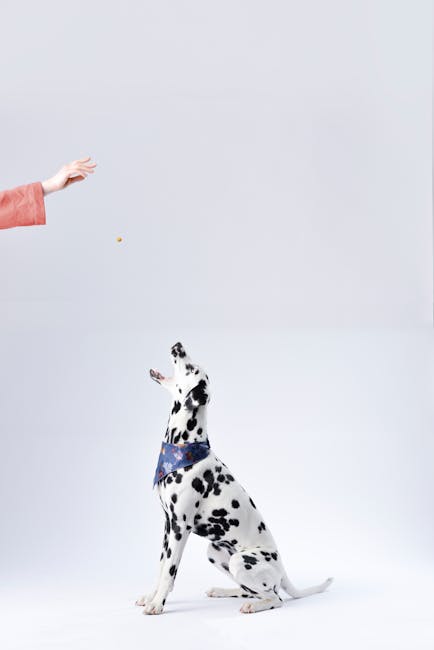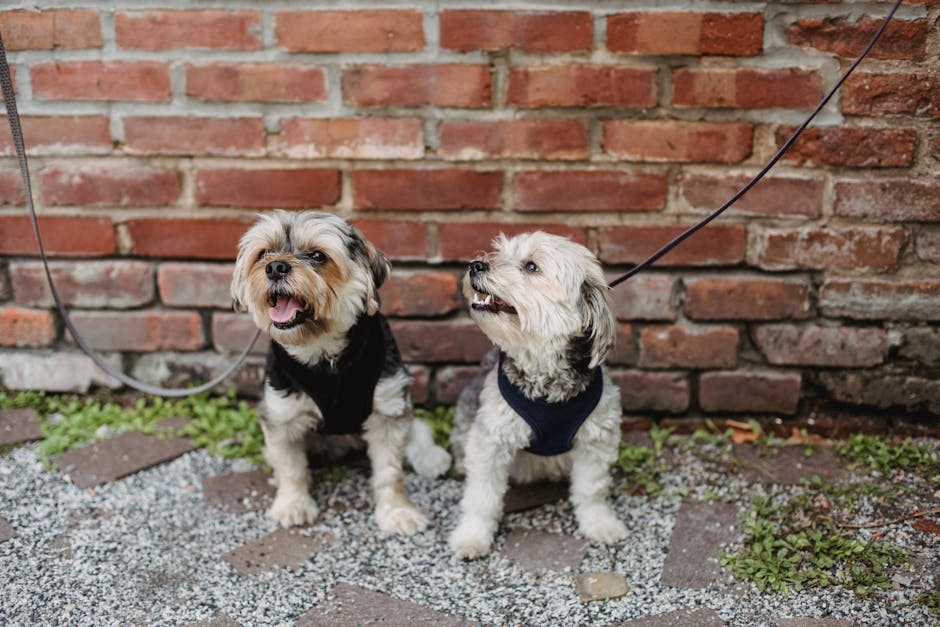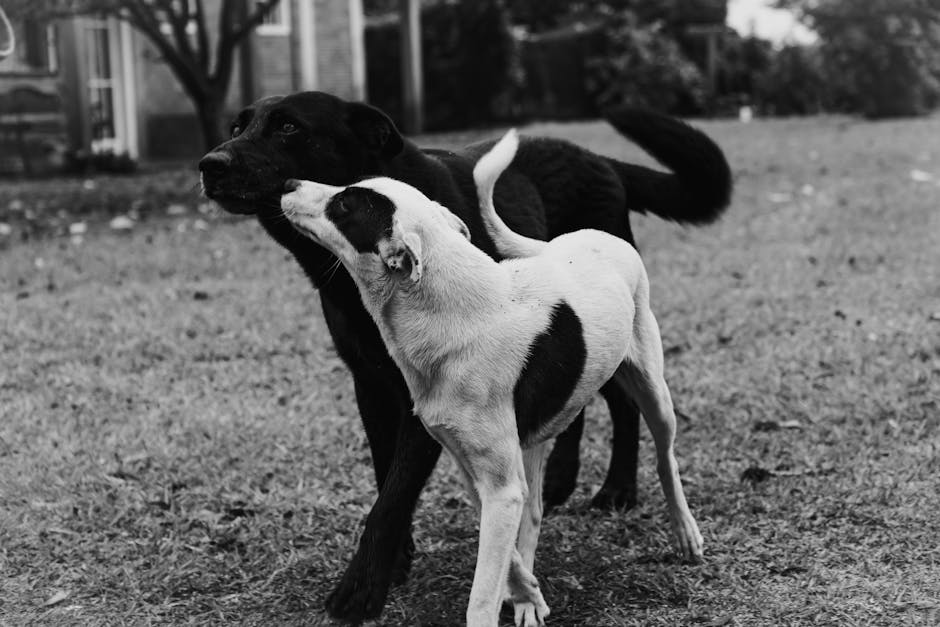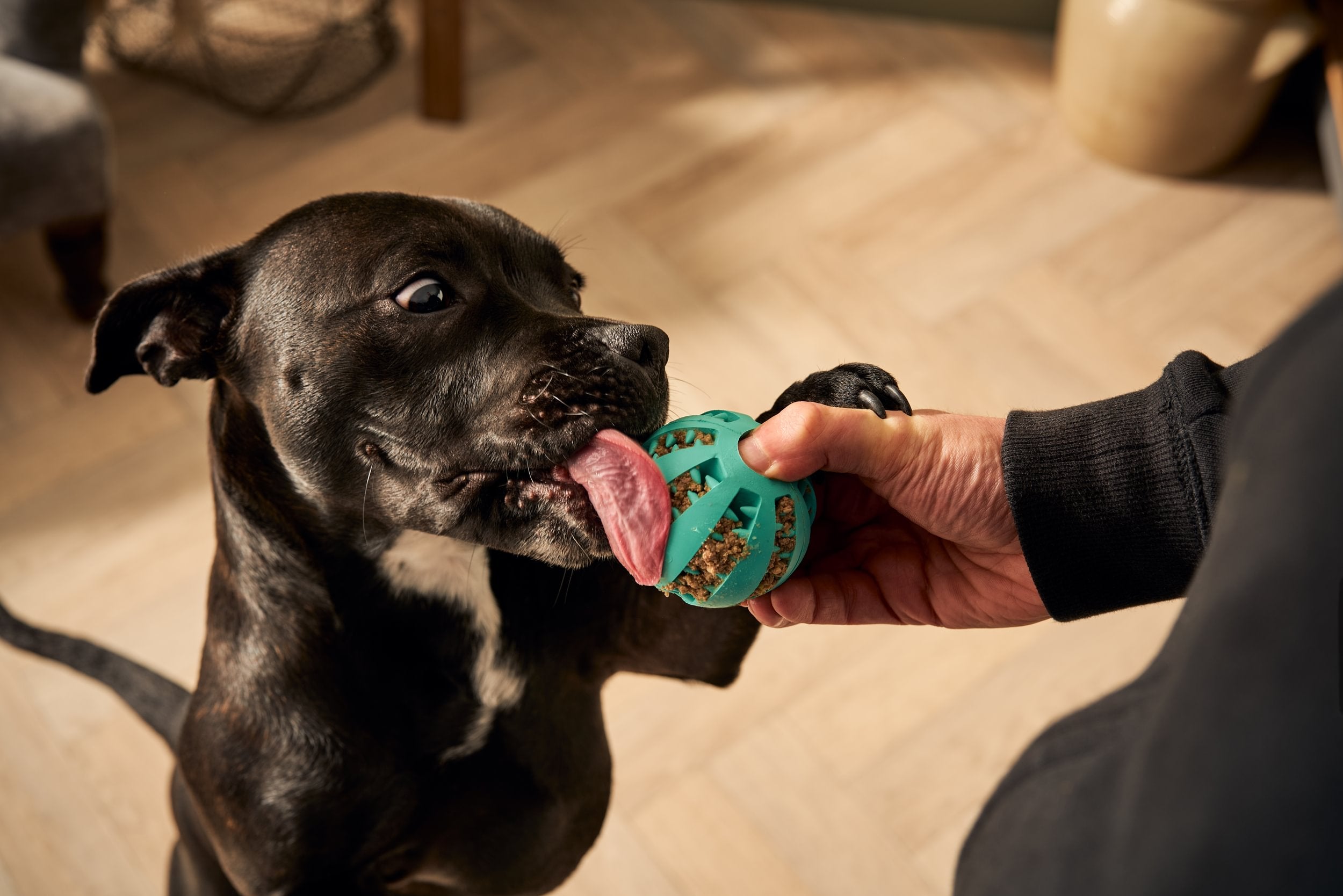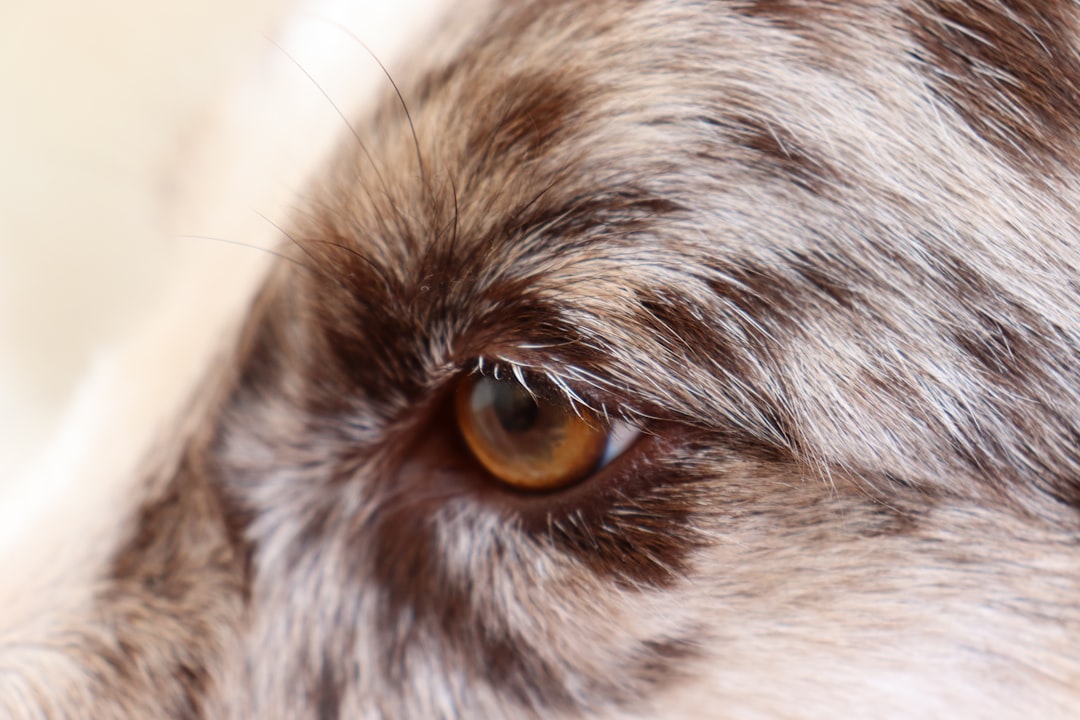If your dog needs eye surgery, you’re probably wondering how long the recovery will take. You want to help your furry friend heal quickly and comfortably.
Knowing what to expect can ease your worries and prepare you to provide the best care. You’ll discover the typical recovery timeline, important steps to support healing, and signs to watch for that mean your dog is on the right track.
Keep reading to ensure your dog’s eyes get the care they deserve.

Credit: www.facebook.com
Types Of Eye Surgery For Dogs
Understanding the types of eye surgery for dogs can help you prepare better for your pet’s recovery. Different surgeries target specific eye problems, so knowing what each involves is key. This knowledge also lets you ask your vet the right questions and support your dog through healing.
Common Procedures
There are several common eye surgeries that dogs may need. These include:
- Entropion surgery:fixes inward rolling of the eyelids that irritates the eye.
- Cherry eye surgery:corrects prolapse of the third eyelid gland.
- Cataract surgery:removes cloudy lenses to restore vision.
- Corneal repair:treats ulcers or injuries on the eye surface.
- Glaucoma surgery:reduces pressure inside the eye to prevent damage.
Each of these surgeries targets a specific problem, so the recovery time and care vary. Have you ever noticed your dog squinting or rubbing their eyes often? That could signal a need for one of these procedures.
Surgical Goals
The main goal of eye surgery is to improve or preserve your dog’s vision and comfort. Some surgeries aim to restore sight, like cataract removal. Others focus on stopping pain and preventing further damage, such as entropion correction.
In some cases, surgery may also prevent blindness or infections. Your vet will explain what the surgery hopes to achieve for your dog’s quality of life. What would you want most for your dog after surgery—clear vision, relief from pain, or both?

Credit: www.facebook.com
Initial Recovery Phase
The initial recovery phase after your dog’s eye surgery is crucial for healing and preventing complications. This period demands close attention because your dog’s eye is delicate and vulnerable. Understanding what happens during these first days can help you provide the best care and watch for any warning signs.
First 24 To 48 Hours
During the first 24 to 48 hours, your dog may seem groggy or disoriented due to anesthesia and pain medication. It’s normal for them to keep their eyes closed or squint frequently. However, if you notice excessive redness, swelling, or discharge, these could be signs of infection or irritation that need immediate attention.
Limit your dog’s activity to prevent accidental rubbing or scratching of the eye. Keep them in a quiet, comfortable space to reduce stress. This rest helps their body focus on healing without extra strain.
Post-surgery Care Tips
- Use prescribed medications exactly as directed.Eye drops or ointments often need to be applied multiple times a day to prevent infection and reduce inflammation.
- Prevent your dog from rubbing their eyes.An Elizabethan collar (cone) is often necessary to stop them from causing damage, even if they seem uncomfortable wearing it.
- Monitor your dog’s behavior closely.Watch for signs like pawing at the eye, increased redness, or unusual discharge, and report these to your vet immediately.
- Keep the eye area clean.Use a soft, damp cloth to gently wipe away any discharge as instructed by your vet.
- Stick to a calm environment.Avoid letting your dog jump, run, or engage in rough play that could affect the healing eye.
Have you ever noticed how sensitive a dog becomes after surgery? This phase shows how much your care influences their comfort and recovery speed. Are you ready to give your dog the attention they need to heal well?
Healing Timeline
The healing timeline after eye surgery for dogs varies but understanding what to expect can help you care better for your furry friend. Recovery is a gradual process where your dog’s eyes need time to heal, and your attention is key. Knowing the milestones in the first few weeks can make a big difference in spotting any issues early and helping your dog feel comfortable.
Week One Expectations
The first week after surgery is the most critical. Your dog’s eyes might look red, swollen, or watery, which is normal but can be worrying if you’re not prepared. You’ll need to ensure your dog wears the protective cone to avoid rubbing or scratching the eyes.
During this time, medications like eye drops or ointments are usually prescribed. Administer them exactly as directed, even if your dog seems to be feeling better. Skipping doses can slow healing or cause complications.
You might notice your dog is less active or eating less. This can be due to discomfort or the effects of anesthesia. Keeping your dog calm and comfortable is essential; provide a quiet space away from other pets or loud noises.
Weeks Two To Four Progress
By the second week, you should see signs of improvement. Redness and swelling typically reduce, and your dog’s eyes may begin to look clearer. The protective cone might still be necessary, but your vet will advise when it’s safe to remove it.
Encourage gentle play and short walks to help your dog regain normal activity levels. However, avoid rough play or anything that could risk injury to the healing eyes. Watch for any signs of discharge, cloudiness, or your dog pawing at the eyes, and report these to your vet immediately.
This period is also a good time to start monitoring your dog’s vision and behavior more closely. Are they responding to visual cues like before? Any hesitation or bumping into objects? Noticing these details can help you track recovery and alert you if further treatment is needed.

Credit: sashvets.com
Signs Of Complications
After eye surgery, dogs need careful monitoring for any signs of trouble. Complications can appear quickly and affect healing. Early detection helps prevent serious problems and keeps your pet safe. Watch your dog closely for unusual changes or discomfort.
Infection Symptoms
- Redness around the eye that gets worse
- Swelling near the surgery site
- Discharge that is yellow, green, or foul-smelling
- Excessive tearing or crusting
- Foul odor from the eye area
- Your dog pawing or rubbing the eye often
- Cloudiness or changes in eye color
When To Contact The Vet
- If you see any infection symptoms
- If your dog shows signs of pain or distress
- When the eye looks more swollen after 2 days
- If your dog stops eating or becomes very tired
- When the surgical site bleeds or opens
- If your dog has trouble seeing or blinking
Long-term Care
Long-term care after your dog’s eye surgery is crucial for a full and healthy recovery. It doesn’t end when you leave the vet’s office. Paying close attention to ongoing care helps prevent complications and supports your dog’s comfort and vision over time.
Medication Management
Keeping track of your dog’s medication schedule can be challenging but is essential. Most eye surgeries require a combination of antibiotic and anti-inflammatory drops or ointments.
Set reminders to apply medications exactly as prescribed. Missing doses or stopping too early might lead to infection or delayed healing.
Watch for side effects like redness, swelling, or unusual behavior. If you notice anything odd, contact your vet immediately.
Follow-up Appointments
Regular follow-up visits allow your vet to monitor your dog’s progress and catch any issues early.
Expect these appointments to involve eye exams and possibly adjustments to medication.
Skipping these check-ups can mean missing subtle signs of complications. Have you noticed any changes in your dog’s behavior or eye appearance between visits? Share those observations with your vet to ensure the best care.
Tips To Support Recovery
Supporting your dog’s recovery after eye surgery is crucial for healing. Simple changes at home help prevent injury and reduce stress. Proper care boosts comfort and speeds up recovery. Focus on creating a safe space and providing good nutrition and hydration.
Environmental Adjustments
- Keep your dog’s resting area quiet and calm.
- Remove sharp or hard objects near their bed.
- Limit your dog’s movement to prevent accidental bumps.
- Use baby gates to block stairs and dangerous spots.
- Keep other pets away to avoid rough play.
- Provide soft bedding to reduce pressure on the eyes.
- Dim the lights to reduce eye strain and discomfort.
Nutrition And Hydration
- Offer fresh water at all times to keep your dog hydrated.
- Feed a balanced diet rich in vitamins and minerals.
- Include foods with omega-3 fatty acids for eye health.
- Serve meals in small, easy-to-eat portions.
- Follow any special dietary instructions from your vet.
- Avoid treats that may cause allergies or upset stomach.
- Monitor your dog’s appetite and report any changes.
Frequently Asked Questions
How Long Does Dog Eye Surgery Recovery Take?
Dog eye surgery recovery typically takes 2 to 4 weeks. Healing time varies by surgery type and your dog’s health. Follow your vet’s aftercare instructions carefully for the best recovery outcome.
What Signs Indicate Eye Surgery Complications In Dogs?
Watch for redness, swelling, discharge, or excessive scratching. If your dog shows pain, vision changes, or lethargy, contact your vet immediately. Early detection helps prevent serious complications.
How Can I Help My Dog Recover Faster From Eye Surgery?
Keep your dog calm and limit activity. Use prescribed medications and prevent scratching with an Elizabethan collar. Maintain follow-up vet visits to monitor healing and address issues promptly.
When Can My Dog Resume Normal Activities After Eye Surgery?
Most dogs return to normal activities within 3 to 4 weeks. Avoid rough play and water exposure until your vet confirms complete healing to prevent infection or injury.
Conclusion
Recovery for dogs after eye surgery varies. Each dog’s healing is unique. Short walks and soft food help. Follow vet advice carefully. Healing takes patience and time. Monitor your dog’s progress closely. Keep an eye on any changes. Quick action prevents complications.
Gradual return to normal activities is best. Love and care speed up recovery. Every day brings improvement. Your dog will be back to its playful self. Enjoy the journey together. Healing is a process. Trust the process and stay positive.
Your furry friend appreciates your support.

